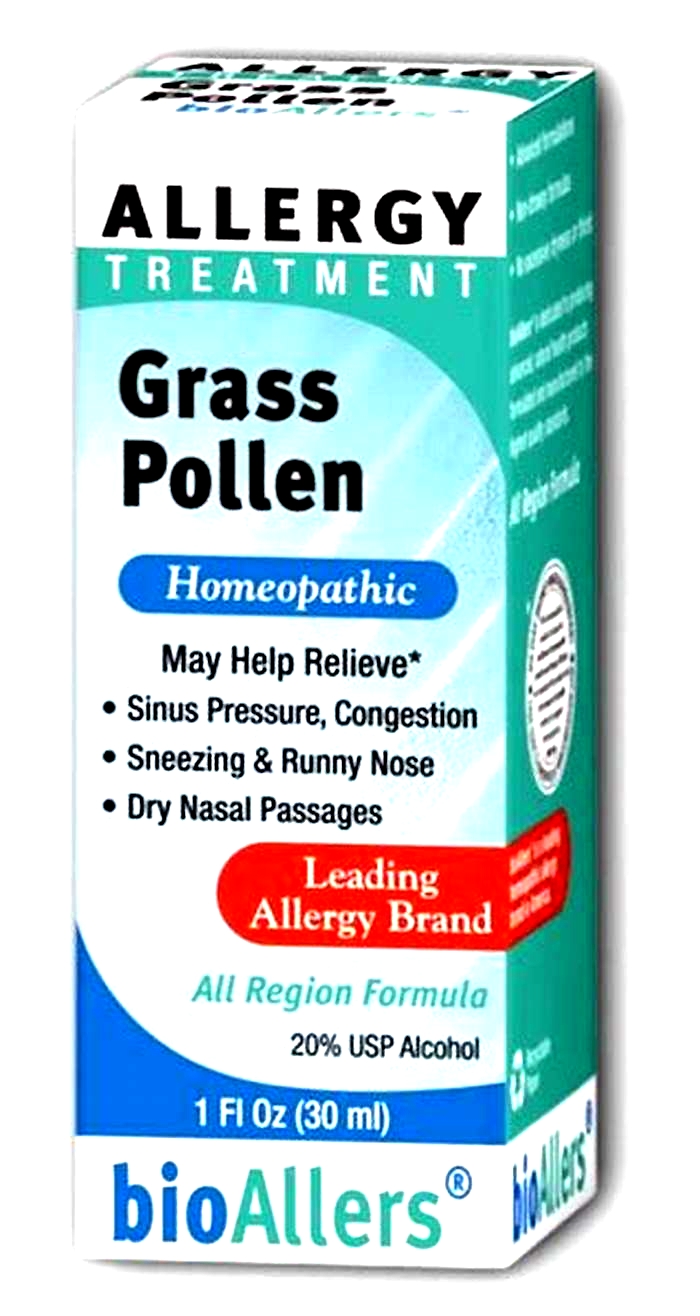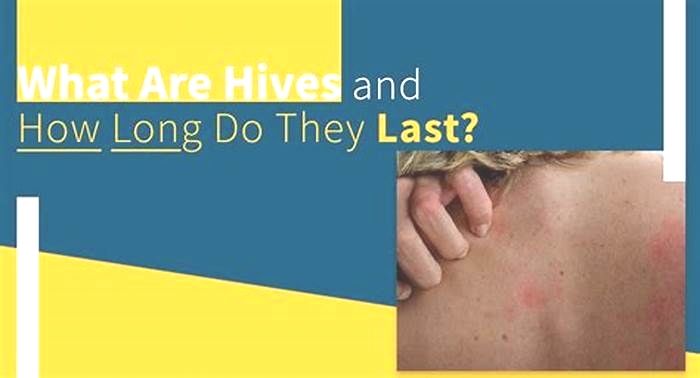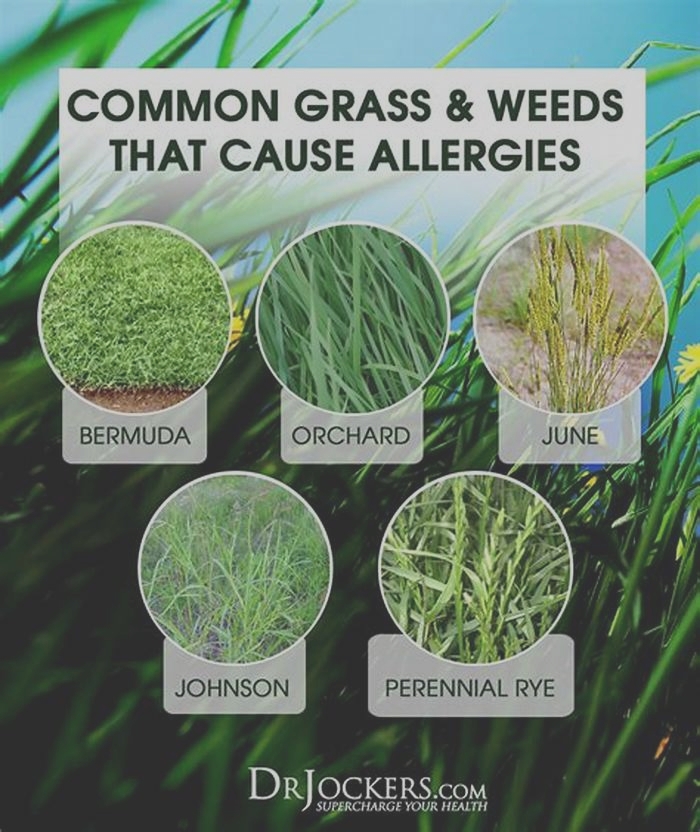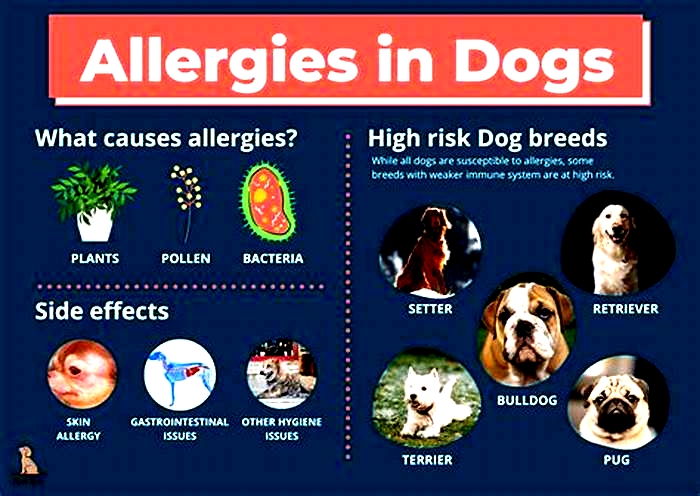What does a grass rash look like

Grass Rash: Triggers, Management, and Treatment
What Is Grass Rash?
Grass rash is a skin irritation that occurs after contact with grass or grass-related products. It's characterized by red, itchy, and sometimes swollen skin areas. Although similar to other rashes in appearance, grass rash often occurs on body parts exposed to grass such as legs, arms, and feet.
What Does a Grass Rash Look Like?
A grass rash appears as red bumps or hives on the skin. These are most commonly found on exposed skin areas like the arms, legs, and feet. Sometimes, localized swelling may also accompany the rash. In more severe instances, blistering or oozing may occur, requiring immediate medical attention.
What Causes Grass Rash?
Grass rash can be caused by several factors, such as allergies to grass pollen, cross-reacting allergens, tick-borne diseases, or irritant contact dermatitis. Each of these causes involves different mechanisms and thus requires unique treatment approaches. Identifying the specific cause is crucial for effective management and relief.
Grass Pollen Allergy
An allergic reaction to grass pollen can trigger grass rash, especially during grass-pollen-heavy seasons like late spring and early summer. Grasses such as Bermuda, Timothy, and Kentucky bluegrass cause grass rash in people susceptible to the condition.
Cross-Reacting Allergens
Other plants like ragweed, nettles, or oak may have similar allergens to grass pollen, causing a grass-like rash upon contact or inhalation.
Tick-Borne Diseases
Ticks often reside in grassy areas and can transmit diseases like Lyme disease or Rocky Mountain Spotted Fever, which manifest with rash-like symptoms.
Contact Dermatitis
Contact with chemicals like fertilizers, pesticides, or even some types of lawn equipment can cause irritant contact dermatitis, presenting as a grass rash.
What Are The Symptoms of Grass Rash?
Symptoms of grass rash include redness, itchiness, and localized swelling. Tiny hives or bumps on the skin are also common. In severe cases, you may experience blistering or oozing, indicating a need for immediate medical intervention. It's crucial to recognize these symptoms early for effective treatment.
- Redness: The skin area in contact with grass usually turns red. This is one of the earliest indicators of a possible allergic reaction or irritation.
- Itchiness: Almost always, grass rash is accompanied by a severe itching sensation. This itchiness can intensify if not addressed promptly.
- Localized swelling: The area around the rash may become noticeably swollen. This often occurs when the body's immune response kicks in.
- Tiny hives or bumps: Small, raised bumps may appear on the skin. These are a manifestation of the skin's allergic response to grass pollen or irritants.
- Blistering: In extreme cases, blisters can form on the skin. These fluid-filled pockets may require medical treatment to prevent infection.
- Oozing: A more severe symptom involves the leakage of a clear or yellowish fluid from the affected area. This is a clear sign that immediate medical intervention is needed.
How Long Does It Take for Grass Rash to Go Away?
Mild cases generally resolve within a few hours to a couple of days, especially if treated promptly with over-the-counter remedies. However, more persistent or recurring rashes can linger for a longer time. Allergy immunotherapy may be recommended for chronic cases to reduce the severity and duration of symptoms.
How Do You Treat Grass Rash?
Treatment for grass rash varies according to the cause and may include topical steroid creams, oral antihistamines, cool compresses, and prescription medications. For chronic or severe instances, allergy immunotherapy is often recommended as a long-term treatment solution. Identifying the right treatment is key to managing symptoms effectively.
Topical Steroid Creams
Creams containing hydrocortisone offer quick relief by reducing itchiness and inflammation and are usually available over the counter.
Oral Antihistamines
Drugs like cetirizine or loratadine are effective for managing allergic symptoms and are typically non-drowsy options.
Cool Compresses
A cold, damp cloth can be applied to the rash to alleviate irritation and reduce swelling, offering immediate comfort.
Prescription Medications
In severe or chronic cases, a healthcare provider may prescribe stronger antihistamines or corticosteroids to manage the symptoms.
Allergy Immunotherapy
This long-term treatment aims to build up your tolerance to grass pollen, reducing both the severity and frequency of future reactions.
How Do You Prevent Grass Rash?
Preventing grass rash often involves avoiding direct contact with grass whenever possible, wearing protective clothing like long pants and sleeves, and taking preemptive antihistamines before spending time outdoors. Other strategies include maintaining a well-kept lawn to reduce pollen levels and regularly checking for ticks.
Limit Exposure During High-Pollen Seasons
One of the best ways to prevent grass rash is to limit your outdoor activities during the peak grass pollen seasons, typically late spring and early summer. Check local pollen counts and plan indoor activities when levels are high.
Wear Protective Clothing
Wearing long pants, sleeves, and closed-toe shoes can help protect your skin from direct contact with grass. Opt for tightly woven fabrics that can offer a better barrier against potential irritants and allergens.
Regular Lawn Maintenance
If you have a lawn, keeping it well-maintained helps to reduce the levels of grass pollen in your immediate environment. Regular mowing, watering, and weeding can make your yard less conducive to allergen production.
Allergy Immunotherapy
If grass rash is a recurring issue for you and it significantly impacts your quality of life, you might want to consider allergy immunotherapy. This long-term treatment involves gradually exposing your body to increasing amounts of the allergen, in this case, grass pollen.
Over time, allergic immunotherapy can train your immune system to be less sensitive, reducing both the frequency and severity of your symptoms. It's a more permanent solution that addresses the root cause rather than just managing the symptoms.
Eliminate Grass Rashes for Life with Wyndly
For those seeking to eliminate grass rash, choose Wyndly. Our allergy doctors are dedicated to providing personalized allergy treatment plans to fix your allergies. Take our quick and easy allergy assessment today to start your journey to better allergy management.
What is causing my rash? 71 possible causes
We include products we think are useful for our readers. If you buy through links on this page, we may earn a small commission. Heres our process.
Medical News Today only shows you brands and products that we stand behind.
Our team thoroughly researches and evaluates the recommendations we make on our site. To establish that the product manufacturers addressed safety and efficacy standards, we:- Evaluate ingredients and composition: Do they have the potential to cause harm?
- Fact-check all health claims: Do they align with the current body of scientific evidence?
- Assess the brand: Does it operate with integrity and adhere to industry best practices?
A rash is defined as a widespread eruption of skin lesions. It is a very broad medical term. Rashes can vary widely in appearance. Their causes range from insect bites to HIV and reactions to medications.
A rash can affect one part of the body or cover a large area. Rashes can also be dry, moist, bumpy, smooth, cracked, or blistered. They can involve pain, itching, and color changes.
Some rashes will clear up on their own, some respond to home remedies, but others might be a sign of something more serious that needs medical attention.
Rashes can happen for many reasons, including skin infections, allergies, and medications. They can also result from bacterial, fungal, viral, or parasitic infections and other diseases.
In this article, learn about 71 possible causes of a rash and see images showing how they might appear.
Allergies and sensitivities to food and other substances can cause skin rashes.
One of the most common causes of rashes contact dermatitis occurs when the skin has a reaction to something that it has touched. The skin may become inflamed, and the rash tends to be weepy and oozy.
Common causes include:
- dyes in clothes
- beauty products
- poisonous plants, such as poison ivy and sumac
- chemicals, such as latex or rubber
A food allergy can also cause a rash and other symptoms.
Hives (urticaria) is a type of rash that often occurs with an allergic or sensitivity reaction. Pruritis is an itchy rash. Hives appear as raised bumps, but on lighter skin, they may also be pink or reddish.
Learn how hives can appear on dark skin tones.
An allergy can also cause swelling, breathing problems, and other symptoms. This may be a sign of anaphylaxis, a severe allergic reaction that needs urgent medical attention. It can be life threatening.
The following slides show pictures of rashes due to contact dermatitis, a hay fever rash, and other allergic and sensitivity reactions. To see all the pictures on one screen, click view all.
Certain medications can cause rashes in some people, either as a side effect or an allergic reaction.
Some medications, including certain antibiotics, can also cause photophobia or photosensitivity. This means they make the individual more susceptible to sunlight. The photosensitivity reaction looks similar to a sunburn.
In an allergic reaction, a persons immune system mistakenly attacks the medication as if it were a pathogen. Symptoms vary depending on the individual and the drug but can include:
- a rash, including hives
- itchy skin or eyes
- swelling
Anyone who experiences a drug reaction should contact their doctor. They may need to change the dose or the drug.
If a person has severe symptoms or finds it difficult to breathe, they should call 911 immediately or go straight to the emergency room.
Learn about the common side effects of antibiotics.
The images in the slideshow below show some ways medications, vaccines, and allergy testing might affect the skin.
Infections that involve bacteria, viruses, fungi, or parasites can also cause a rash. These rashes will vary depending on the type of infection. For instance, candidiasis, a common fungal infection, causes an itchy rash that generally appears in skin folds.
Anyone who believes they may have an infection should seek medical advice.
The slides below include pictures of 29 types of bacterial, fungal, parasitic, and viral rashes.
These rashes can appear with:
- fifth disease (erythema infectiosum)
- impetigo
- shingles
- scarlet fever
- rheumatic fever
- mononucleosis (mono)
- measles
- candidiasis, a yeast infection
- ringworm
- rubella
- meningitis
- sepsis and septic shock
- cellulitis
- methicillin-resistant Staphylococcus aureus (MRSA)
- chickenpox
- toxic shock syndrome
- hand, foot, and mouth
- syphilis
- COVID-19, symptoms of which can include COVID toes
- Mycoplasma pneumoniae, a type of bacterial pneumonia
- erysipelas
- histoplasmosis
- lymphangitis
- HIV rash, which can be an early sign of HIV
- acrodermatitis, which can happen with late-stage Lyme disease
- West Nile virus
- dengue fever
- hookworm
- scabies
To see all the pictures, click view all.
Gallery was here
Many insects can cause a rash through a bite or sting. Although the reaction will vary depending on the person and the animal, symptoms often include:
- a rash
- redness, purple, or darkening of the skin, depending on the skin tone
- itching
- pain
- swelling at the site of the bite or sting
- more widespread swelling
Other causes of rashes outdoors include hay fever (seasonal allergy) and exposure to poison ivy and other plants. If a person has a skin reaction to pollen, poison ivy, a jellyfish sting, brown-tail moth caterpillars, and other plants or animals, a doctor may refer to it as contact dermatitis.
The images below show how a skin reaction or rash may affect people after exposure to:
- wasp sting
- fleabites
- poison ivy
- a brown-tail moth caterpillar
- stinging nettles or jellyfish
- grass
Learn the difference between fleabites and bed bug bites.
Read about bee sting allergies.
Chemical burns can occur when a person comes in direct contact with a chemical or its fumes, including some household products. Symptoms vary but can include:
- skin that appears black or dead
- irritation or burning in the affected area
- redness or a darkening of the skin, depending on the skin tone
- numbness and pain
Inhaling the fumes could lead to swelling of the throat, lips, and tongue and difficulty breathing.
Some people have a reaction to the perfumes or chemicals in soaps, shampoos, and other products. A doctor may class these types of reactions as contact dermatitis.
The images below show how various exposures can affect the skin.
Other health conditions
A range of other health conditions can involve a rash or skin reaction. They include circulatory problems, hormonal conditions, and others.
The pictures below show examples of rashes due to:
- Stasis dermatitis
- Addisons disease
- dermatitis neglecta
- dermatomyositis
- panniculitis, a complication of gout
- ichthyosis vulgaris
- porphyria
- Kawasaki disease
Rashes come in many forms and develop for many reasons.
However, some basic measures can speed up recovery and ease some of the discomfort:
- Use mild soap, baby soap, or soap for sensitive skin. Avoid scented soaps.
- Wash in warm water, not hot water.
- Wear loose-fitting cotton clothes.
- Ask a doctor or pharmacist about using moisturizers and emollients.
- Do not cover a rash with a Band-Aid or bandage.
- Do not rub the rash dry. Instead, pat it.
- For a dry rash, for instance, in eczema, use unscented moisturizers.
- Avoid any cosmetics or lotions that may be causing the rash, for instance, newly purchased items.
- Avoid scratching, as scratching increases the risk of infection.
- Ask a pharmacist about over-the-counter cortisone creams to ease itching.
- Calamine can relieve some rashes, such as poison ivy, chickenpox, and poison oak.
- For rashes due to chronic diseases, such as psoriasis, managing stress may help reduce symptoms.
If a rash causes pain, acetaminophen or ibuprofen may be useful. These can help manage symptoms but will not treat the cause of the rash.
It is important to speak with a doctor before taking any medication. Compare brands before purchasing over-the-counter or online products, to ensure the product is suitable.
Learn some natural and home remedies for itching.
If a rash occurs with the following features, a person should seek medical advice:
- a sore throat
- pain in joints
- a recent animal or insect bite
- red, purple, or dark streaks near the rash
- tender regions near the rash
- a large collection of pus
Most rashes are not a major cause for concern, but anyone with the following symptoms should seek emergency medical care:
- quickly changing coloration on the skin
- difficulty breathing or feeling like the throat is closing up
- increasing pain or severe pain
- high fever
- confusion
- dizziness
- swelling of the face or extremities
- severe pain in the neck or head
- repeated vomiting or diarrhea
Rashes can appear differently depending on a persons skin tone, which can affect diagnosis. Here, find out how various rashes may appear in different skin colors.
Here are some frequently asked questions about skin rashes.
How can I identify my rash?
A person may be able to identify the cause of their rash based on the location of the rash or other symptoms they may experience. For example, swelling and breathing problems might indicate an allergy, while a fungal infection such as candidiasis can cause a rash in the skin folds. Factors such as whether the rash is flat or raised, peeling, or painful can help determine the type of rash.
However, it is best to contact a doctor for an accurate diagnosis if a person develops a rash.
What is causing my skin rash?
There are many different types of rash. Examples of possible causes include:
- allergic reaction
- reaction to an insect bite or sting
- sensitivity to cosmetics, cleaning products, or other chemicals or irritants
- side effects of medication
- bacterial, viral, fungal, and parasitic infection
- autoimmune diseases
Treatment for the rash can depend on the cause. A persons doctor can provide an accurate diagnosis and advise on ways to manage symptoms.
Rashes can happen for many reasons. Some are mild and need no intervention, while others can be a sign of a severe underlying disorder.
Knowing how to recognize skin changes can help a person access early treatment for conditions that could otherwise lead to severe complications.








